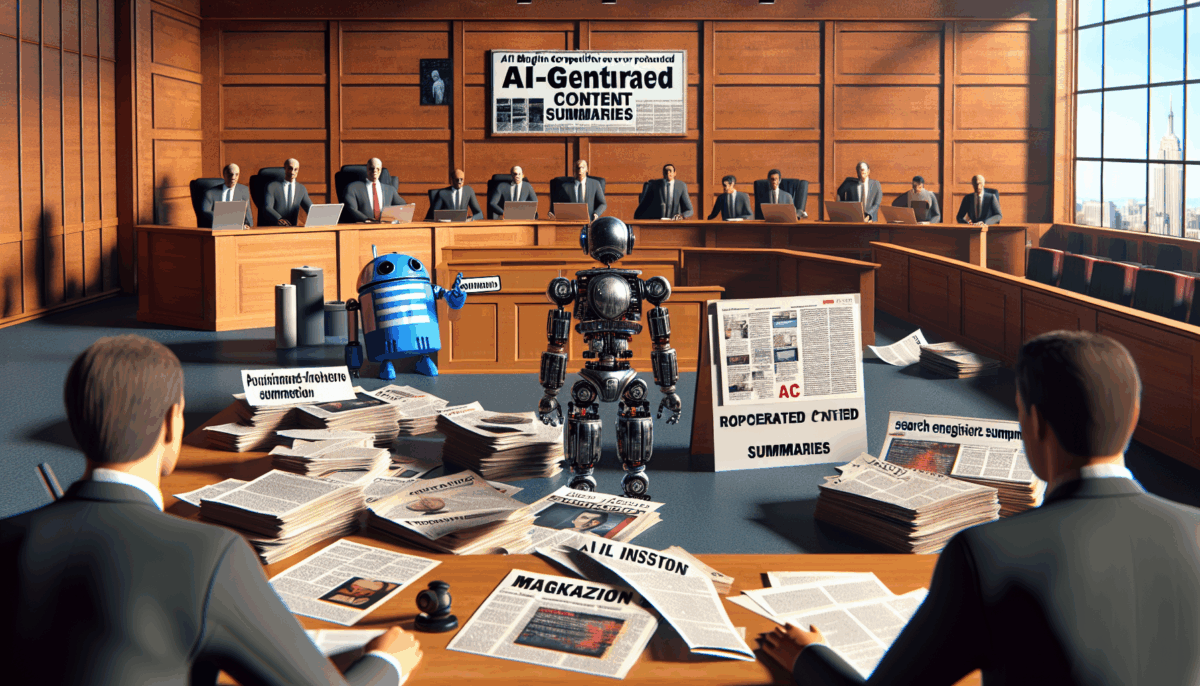Quick Overview
- EPA Victoria is utilizing SAP SuccessFactors for strategic workforce management.
- This initiative seeks to establish a flexible talent pool for present and upcoming demands.
- Strategic workforce management is vital for adjusting to shifting roles and skill sets.
- Learning materials are being optimized to boost engagement and productivity.
- Internal mobility and the development of skills matrices are significant priorities.
Strategic Workforce Management with SAP SuccessFactors
The Environment Protection Authority (EPA) Victoria is on an innovative path to enhance its strategic workforce management. By adopting SAP SuccessFactors, the agency intends to cultivate a strong talent pool capable of addressing current needs and future obstacles. This undertaking is part of EPA Victoria’s comprehensive strategy to respond to the changing nature of work.
Evolving Workforce Dynamics
Angus Morrison, the leader of people systems and reporting, emphasized at the SAP HR Connect conference in Melbourne that workforce roles are not fixed. Employees are expected to transition between roles, and their skill requirements will shift. SuccessFactors is instrumental in aligning skills with roles and tailoring learning content accordingly.
Tailored Learning Pathways
Learning opportunities are divided into ‘essential’, ‘desirable’, and ‘optional’ categories to align with the organization’s objectives. For example, compliance roles may necessitate specific certifications. Morrison underscored the necessity of providing advancement opportunities through additional certifications, allowing employees to progress within the organization.
Fostering Internal Mobility
There is a strong desire for employee mobility within EPA Victoria, facilitating workforce movement across various sectors of the organization. The aim is to maintain a comprehensive skills and capabilities matrix for effective management of the internal talent pool and to meet changing demands.
Simplifying Learning Content
Recently, initiatives have been undertaken to simplify learning materials for greater engagement. By eliminating superfluous complexities, EPA Victoria ensures that employees are more inclined to participate in and complete essential learning modules, thereby enhancing their skills and competencies.
Holistic Approach with SuccessFactors
The interaction of various SuccessFactors modules is essential for unlocking the full potential of strategic workforce management. This holistic approach enables EPA Victoria to efficiently manage its workforce, ensuring they are well-prepared for both current and future challenges.
Conclusion
EPA Victoria is strategically advancing its workforce management through the implementation of SAP SuccessFactors. By concentrating on dynamic role evolution, tailored learning pathways, and internal mobility, the organization is equipping its workforce to tackle changing challenges. Simplifying learning materials and integrating SuccessFactors modules are critical tactics in fulfilling these objectives.
Q: What is the primary aim of EPA Victoria’s workforce management initiative?
A: The primary aim is to form a flexible talent pool that can adjust to current and future staffing and skill requirements.
Q: How does EPA Victoria plan to respond to changing roles and skill needs?
A: By aligning skills with roles and adapting learning content for these roles, enabling employees to progress and adjust to new positions.
Q: What is the importance of internal mobility within EPA Victoria?
A: Internal mobility facilitates employee transitions across various areas of the organization, aiding in effective talent pool management and addressing changing needs.
Q: How is learning content being enhanced at EPA Victoria?
A: Learning content is being refined by eliminating unnecessary complexities, making it more engaging and simpler for employees to complete.
Q: Why is a holistic approach with SuccessFactors vital?
A: A holistic approach with SuccessFactors is essential for effectively managing the workforce and ensuring readiness for both current and future challenges.










.jpg&h=420&w=748&c=0&s=0)